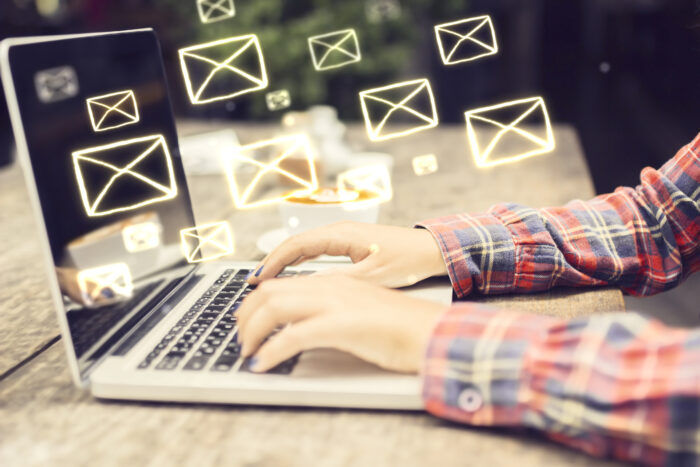
Do You Have Poor Business Email Etiquette? Here Are 5 Tips On How To Write A Professional Email
Emails are so pervasive in the workplace that few people see them as a strategic communication tool much less one that could benefit their career. Mastering the lowly email can be one of the best ways to differentiate yourself and demonstrate your leadership skills.
When many people think about demonstrating their communication skills they see themselves in the board room, in front of a Powerpoint, presenting to key players. They see themselves answering questions and demonstrating their ability to think on their feet.
They usually do not see themselves sitting in front of a computer creating or responding to emails. Most of us spend our days racing through our emails with the goal to get them answered before the end of the workday. It is a rare email that gets the thinking time that a presentation or project report receives.
For many, email is the bane of their workday existence. No wonder. On average, American workers receive about 120 emails every day. It takes a good 2.5 hours for most people to deal with all that correspondence. Or, another way to look at it: writing, reading, and responding to emails is 30% of most people’s jobs.
Given that almost 1/3 of your job depends on your ability to write and respond to emails, it is amazing that most of us treat emails robotically – responding as fast as we can – writing our thoughts as they pop into our heads.
This fast-track approach to emails results in communication that is mediocre at best and confusing more times than most of us like to admit.
Because of the pervasive nature of emails and because most people see emails as a necessary evil rather than an opportunity to demonstrate leadership, people who commit to writing clear, concise, complete, and correct emails will be noticed and respected.
Here are 5 key ways to make your professional emails sing!
1. Use a naming convention in the subject line to increase productivity
Naming conventions are a set of rules that can make your email more powerful [Client/Matter]: [Subject/Topic] – [3-Word Summary] – [Deliverables/Actions] – [Deadline]
BLOG: Customer Service Post: V2 ready for Review: AB+2
AB+2 is a “shortcode.” A Shortcode should be used in the email subject line to communicate actions or deadlines. This shortcode stands for ACTION BY two days from now. If the shortcode were AB +7, the email recipient would know they have a week ( 7 = 7 days) to address the issue. This type of shortcode is a great time management tool because it allows people to open and respond to the most urgent emails without using valuable time reading emails that don’t need immediate attention.
- NRN = No Reply Necessary – the sender is stating that no response is expected.
- FYI = For Your Information – used at the beginning of the subject line or just ahead of the forwarded information. Note, a best practice is to include a brief statement about the relevance of the information being forwarded. For example FYI – The paragraph about industry sales trends.
- PRF = Please Read and File – used to communicate with team members to ensure everyone stays abreast of the flow of information and to direct what should happen after the recipient has read the content of the email.
2. Use the Inverted Pyramid Structure
The Inverted Pyramid is a writing structure used by journalists where the most important information appears in the first paragraph with the following paragraphs devoted to supporting, explaining, expanding on, or illustrating the initial paragraph.
3. State the Purpose of the email in the first paragraph
Emails tend to fall into these categories. Use them to provide your readers with a quick and clear idea of why they are receiving the email.
- Request
- Recommend
- Inform
- Respond
- Warn
- Report
- Highlight
- Announce
- Challenge
- Correct
4. Review, Edit, and Edit
Many people have been credited with saying, “ Apologies for the long letter. If I had more time, I would have written a shorter one.” Turns out Blaise Pascal, a French Mathematician, and writer from the 17th century, coined the expression. It’s very true. While the demands of our workday prohibit us from always writing as concisely as we could, practice one email a day to see if you can cut it by 25%. You’ll soon find that you automatically edit yourself to share the most concise version of your message.
5. Save The Pleasantries for the final paragraph
When it comes to letter writing, many of us were trained to start our letters with pleasantries. Emails are not letters. Emails are a communication tool to help people get work done. There’s nothing wrong with pleasantries, they just don’t belong in the opening paragraph. If we want to share that you hoped the recipient had a nice weekend, save it for right before your closing.
On-Site & Virtual Group Training Options:
Does your team need to learn how to write a professional email? Are you looking for email etiquette training for employees? Contact us at 800-807-8030 ext. 1.